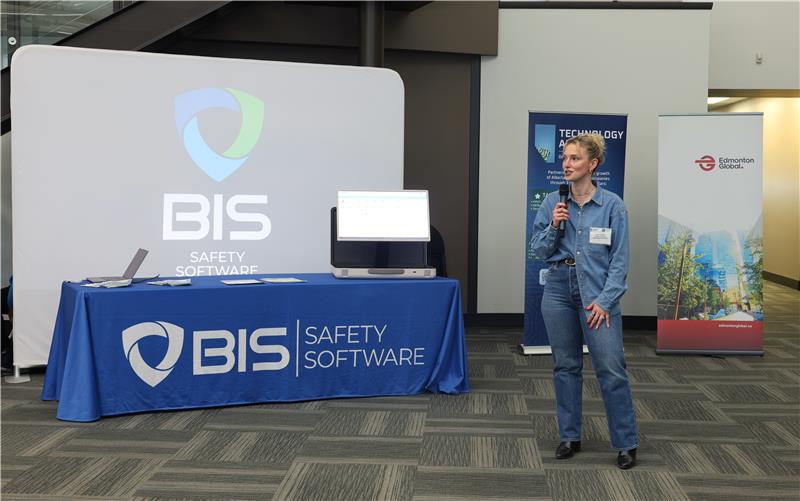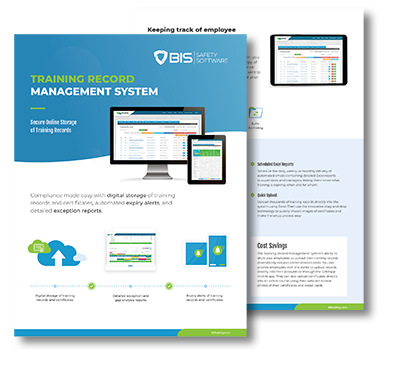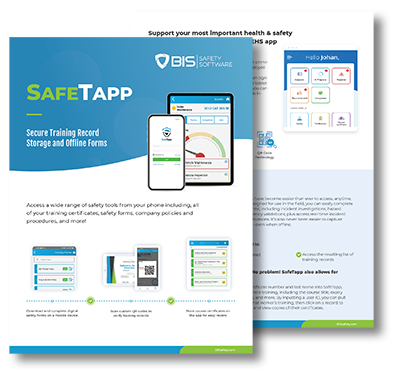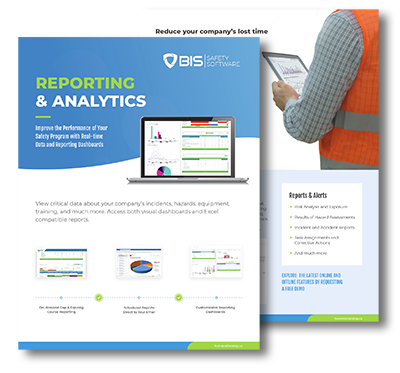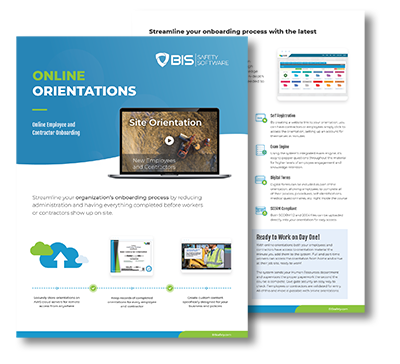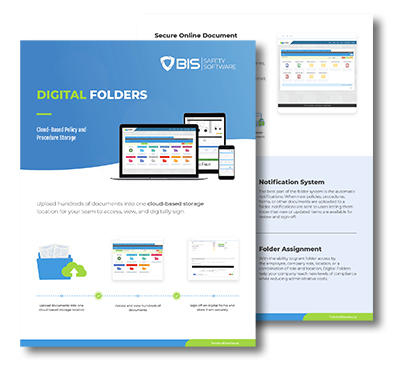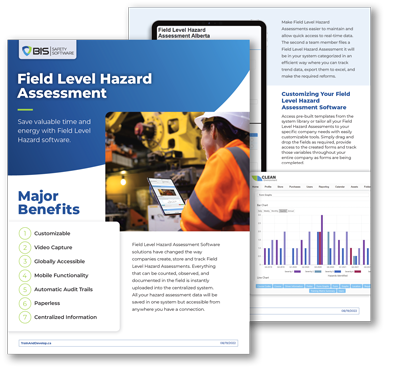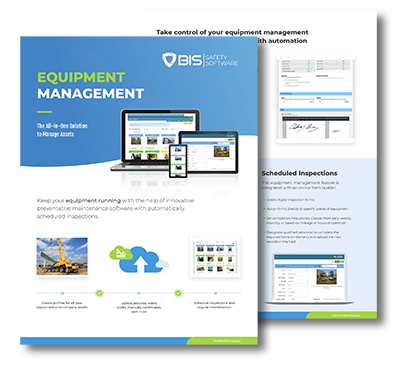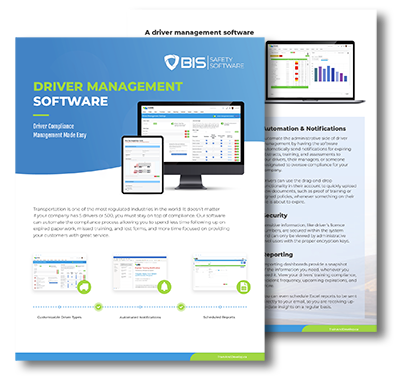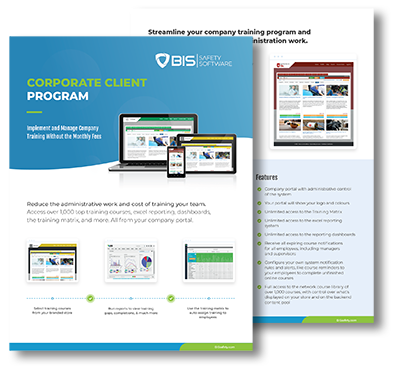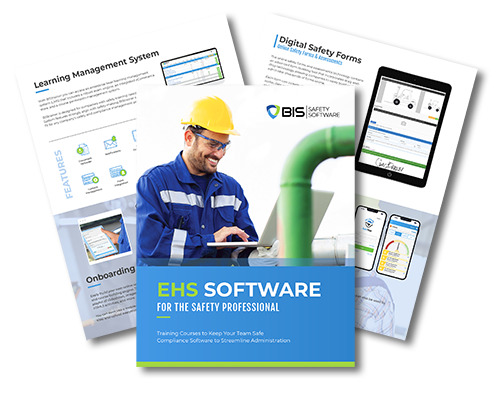Blue Angels and Red Tape: Greg Wooldridge on Trust and High-Performance Leadership

Greg shows us all how to build trust when it’s tough, lead with humility, and form great teams in life-or-death situations.
Steve Nash, Safety Training, and the Case for Deliberate Practice

Get your team involved in Transportation Safety Week with these great ideas commercial driving companies have used increase awareness and safety!
Creating Psychological Safety in the Workplace — with Mehmet Baha

From Fulbright scholar to Facebook Europe’s early days to bestselling author—Mehmet Baha’s journey is anything but ordinary.
Accidental Activists: How Bureaucrats and Blue-Collars Are Quietly Reshaping Safety Culture

How Bureaucrats and Blue-Collars Are Quietly Reshaping Safety Culture
Lessons From the Cockpit: Why Culture Eats Checklists for Breakfast

Jeff “Odie” Espenship talks the break-neck possibilities and pitfalls of the AI Era.
Can AI Really Predict Accidents?

The Promise (and Limits) of Predictive Safety Analytics
In Case of Fire: Spencer Beach on Hard Lessons and Safer Futures

Spencer Beach discusses the emotional and cultural underpinnings that separate average safety programs from truly effective ones of Watch now on YouTube.
This Is Not a Drill: Stories of Real Danger and the People Who Saw It Coming

Whether it’s military zones or municipal job sites, the truth is the same: The people who survive are the ones who saw it coming. Because they practiced. They planned. They repeated the boring stuff until it became instinct.
Leading with the Heart in a World Obsessed with Metrics

You can log every incident. Chart every trend. Build dashboards so advanced they could pass for cockpit controls. But here’s the truth: you can’t chart trust. You can’t measure how safe someone feels bringing up a concern. And if your crew doesn’t feel supported, those carefully tracked numbers won’t mean much.
Scott Lyall’s Safety Storytelling: Bringing Humanity to High-Tech Workplaces

Scott Lyall transforms traditional safety training by blending storytelling with scalable technology, creating buy-in, boosting engagement, and turning compliance into culture, He champions “omni-training” for today’s learners, infusing humanity into safety protocols, and aligning safety with company-wide efficiency.






